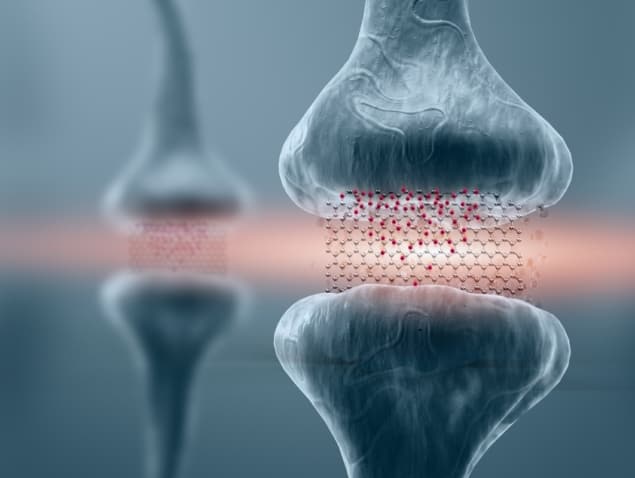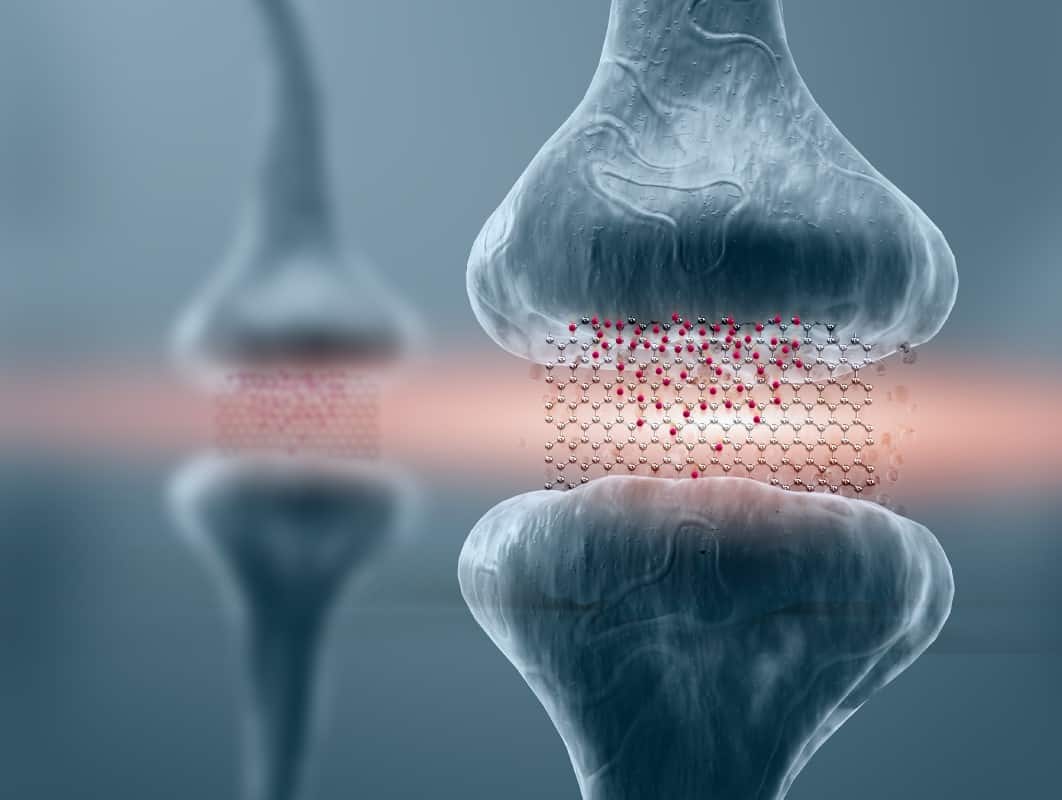
A graphene-based memory resistor (memristor) that can exist in many different states has been designed and demonstrated by Thomas Schranghamer, Aaryan Oberoi and Saptarshi Das at Pennsylvania State University in the US.
Using simulations and experiments, the team showed how the device can be used to substantially improve the performance of artificial neural networks – systems that could someday rival and even replace conventional computers.
Despite decades of relentless growth, advances in the semiconductor technologies used in digital computing are showing clear signs of slowing down. To keep up with a growing demand for computing power, researchers are developing new technologies that mimic the operation of neurons the human brain – which perform both the storage and processing of information. This has the potential of being much more efficient than current computer architectures, which require both time and energy to shuttle data between separate storage and processing components.
Synaptic weight
In principle, this could be achieve using artificial neural networks (ANNs), which learn to do tasks by being given examples. ANNs are networks of artificial neurons that influence each other via synapses. The strength of the influence between neurons is called the synaptic weight, which can change during the learning process.
One way of adjusting synaptic weight is to use memristors, which are nascent electronic devices that exist in conductance/resistance states that depend on the amount of charge that has flowed through them. Ideally, memristors used in ANNs would have large numbers of conductance/resistance states, but current memristor designs tend to be binary — meaning they can only operate with two states.
Now Das and colleagues have created a graphene-based memristor that has 16 conductive states that can be reliably stored and read out. “What we have shown is that we can control a large number of memory states with precision using simple graphene field effect transistors,” Das says.
Arbitrary conductance values
The team also showed that unlike the fixed states in conventional memristors, those in graphene-based devices can be easily programmed to have arbitrary conductance values. This flexibility could make them even more valuable for creating ANNs. Finally, the team demonstrated a computational technique for assigning synaptic weight values in a smart way, enabling the levels of accuracy required by complex ANNs.
The trio hopes that their design will lead to new developments of space-efficient, high-speed, and low-power neural networks, which could be scaled up for commercial applications in the future. If achieved, these efforts could soon see the widespread use of graphene-based memristors, in emerging technologies ranging from self-driving cars to the Internet of things.
The research is described in Nature Communications.
